Whose data is it anyway? Ever had trouble accessing your own medical data?
How can the design of an intelligent interface empower patients to access secure personal data repositories, thus giving patients agency over their own medical data? Over the course of the semester our MGD studio collaborated with a team at IBM Watson Health, led by Debi Ndindjock, to find out.
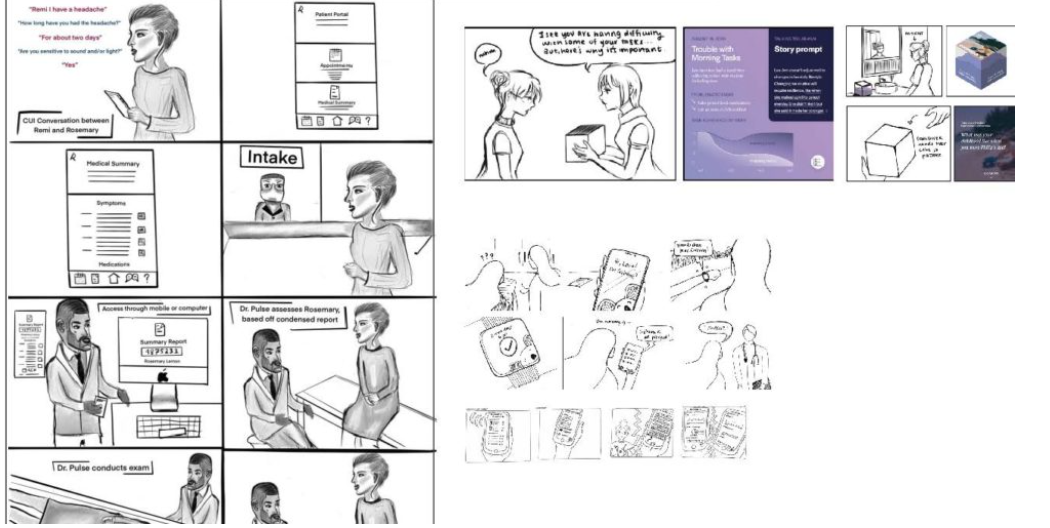
Our Research Question
How might a design harness machine learning to enable a patient to understand and act upon their own healthcare data? This project looks ahead to a day when patients own and control their own healthcare data via a single, secure, comprehensive access point. IBM is experimenting with using blockchain to secure this data. Watson capabilities might include recommendation systems, textual analysis, etc. Secondary consideration: how might the patient interact with data in natural, intuitive ways (not just point and click charts and lists?)
KEY QUESTIONS TO CONSIDER:
- How might an interface harness ML to provide the patient with ownership and agency in relation to their healthcare data?
- What does it mean to create an interface that is useful, usable and desirable to a certain individual, in a particular context, in a specific moment in time?
- What privacy issues are at stake? How might the experience support ethical data use?
- What issues of trust are at stake? How might the experience establish (and earn) patient trust?
- How might the interface value human difference, addressing user pain points through a customized, adaptive experience?
The Deliverables: Scenario Videos
Research Overview of Students’ Process
Research Overview of Students’ Process
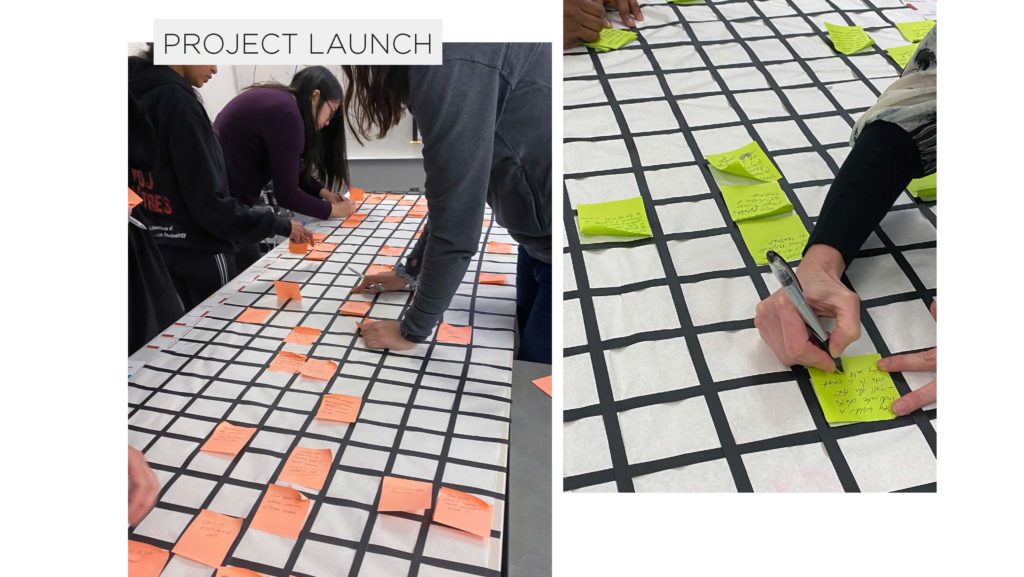
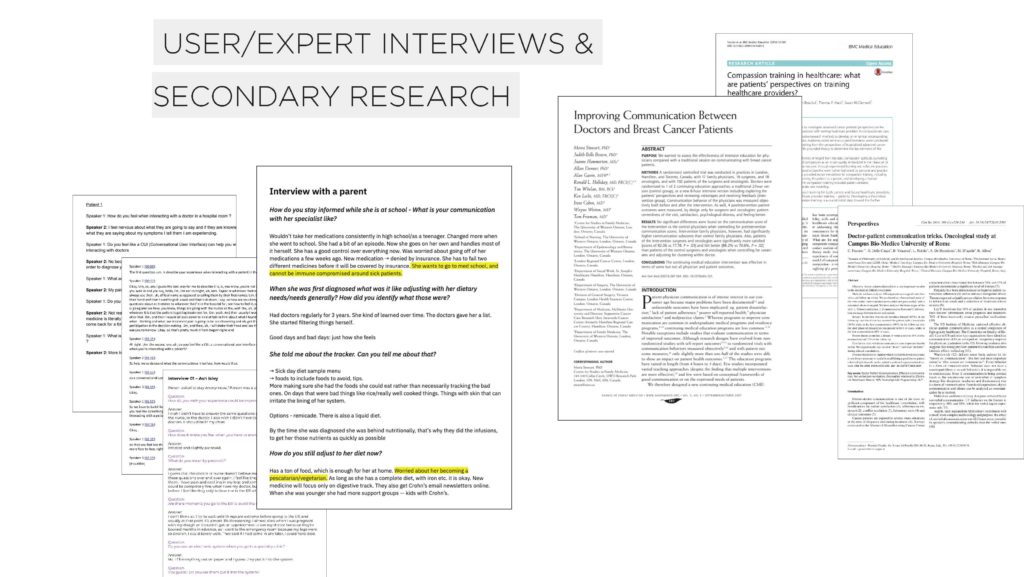
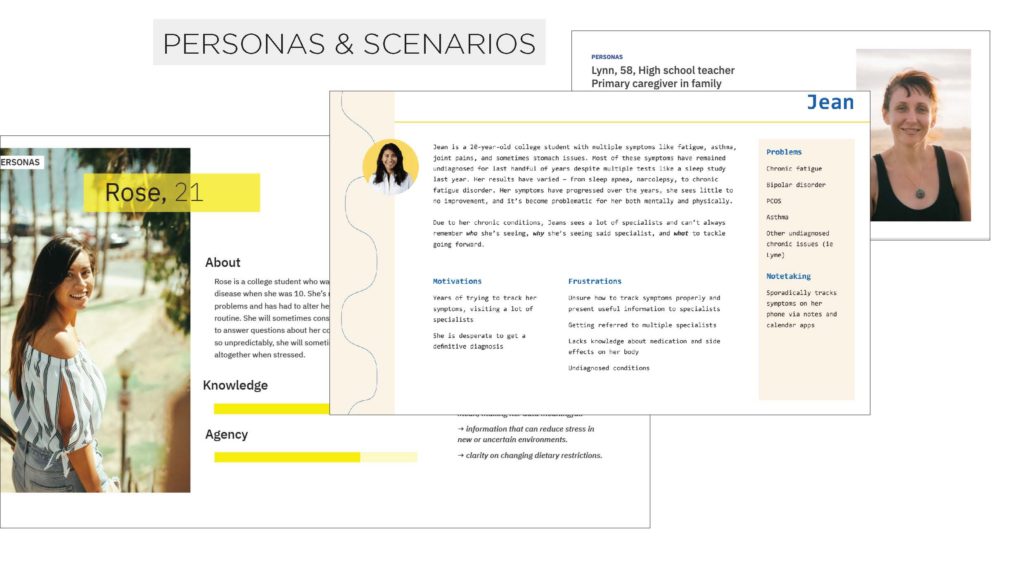

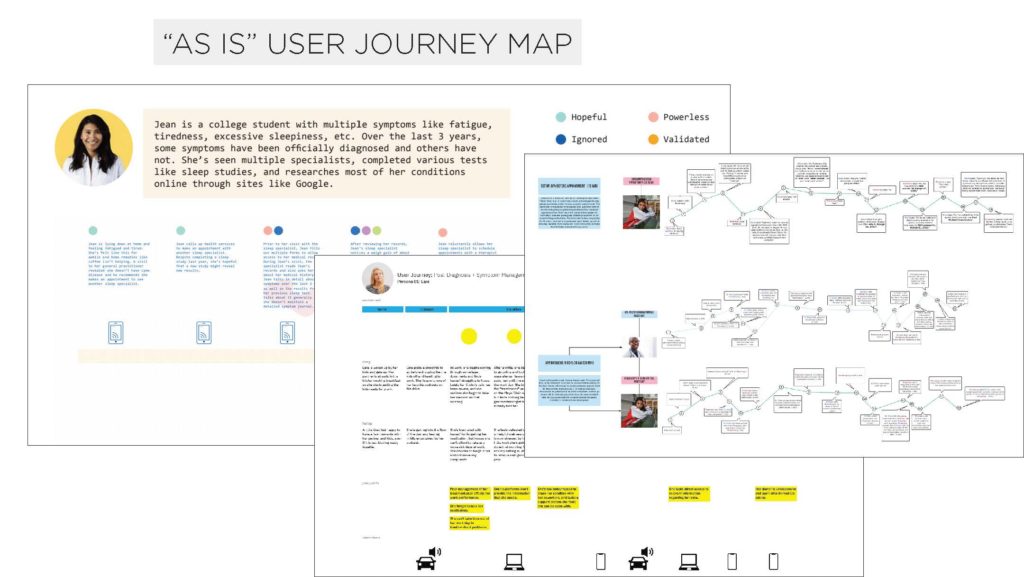

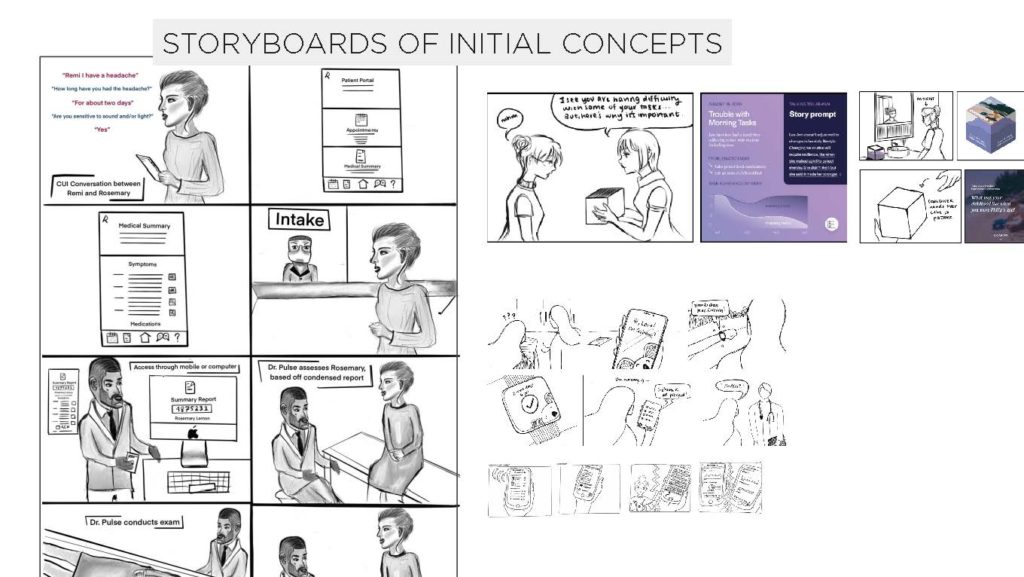
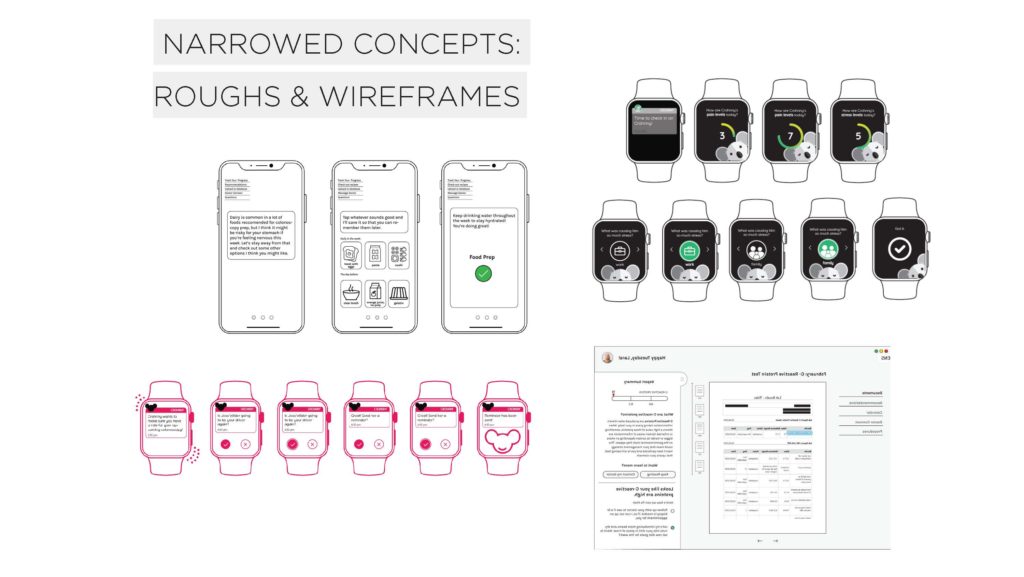
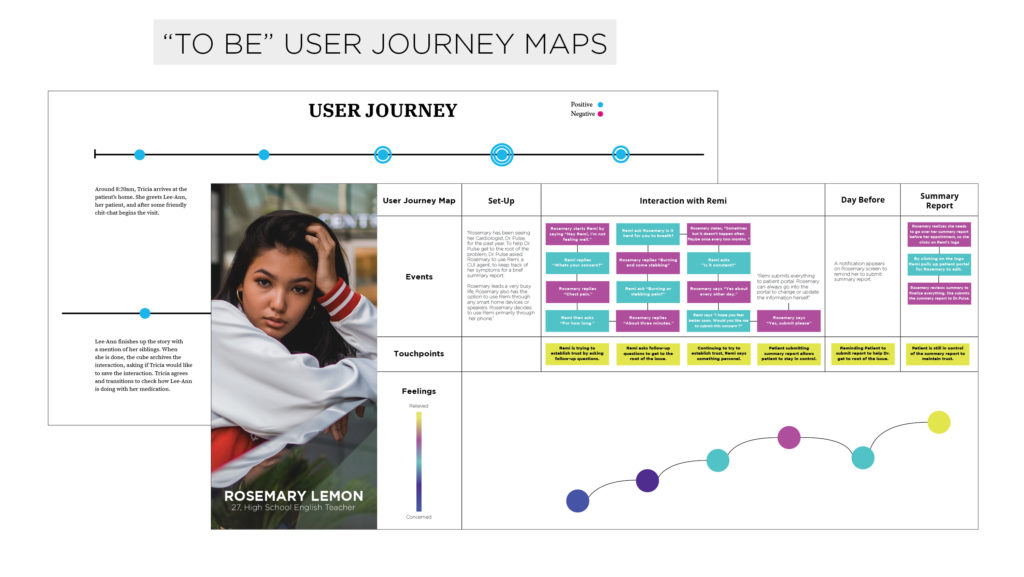
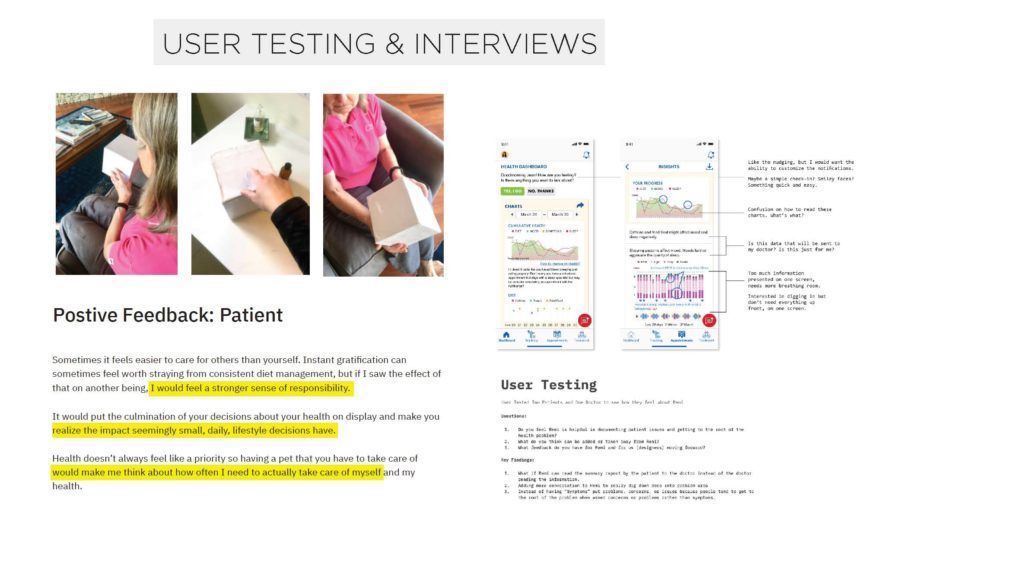
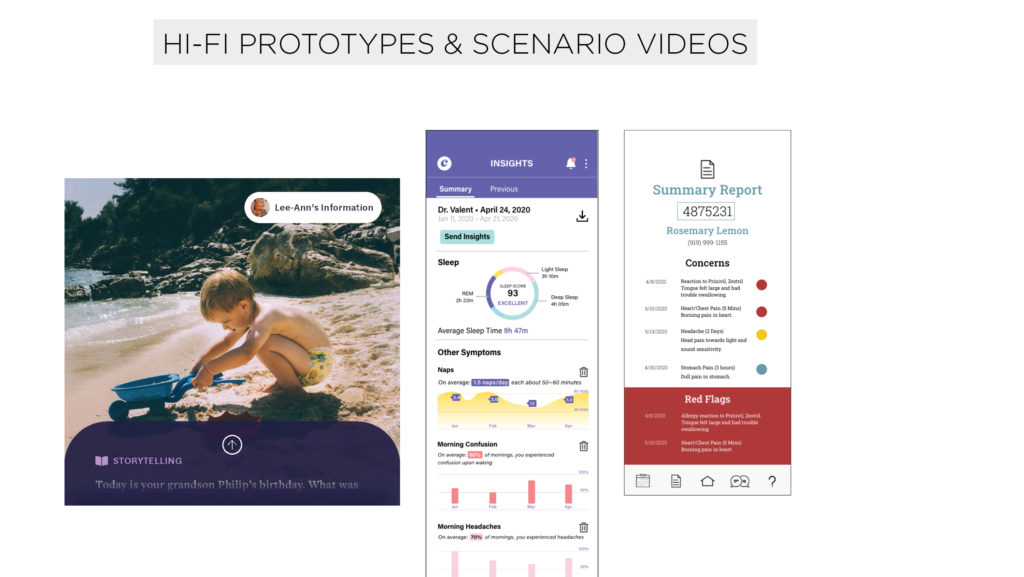
_____________________________________
This story was originally published on the website of Professor of Graphic Design Helen Armstrong.
- Categories:


